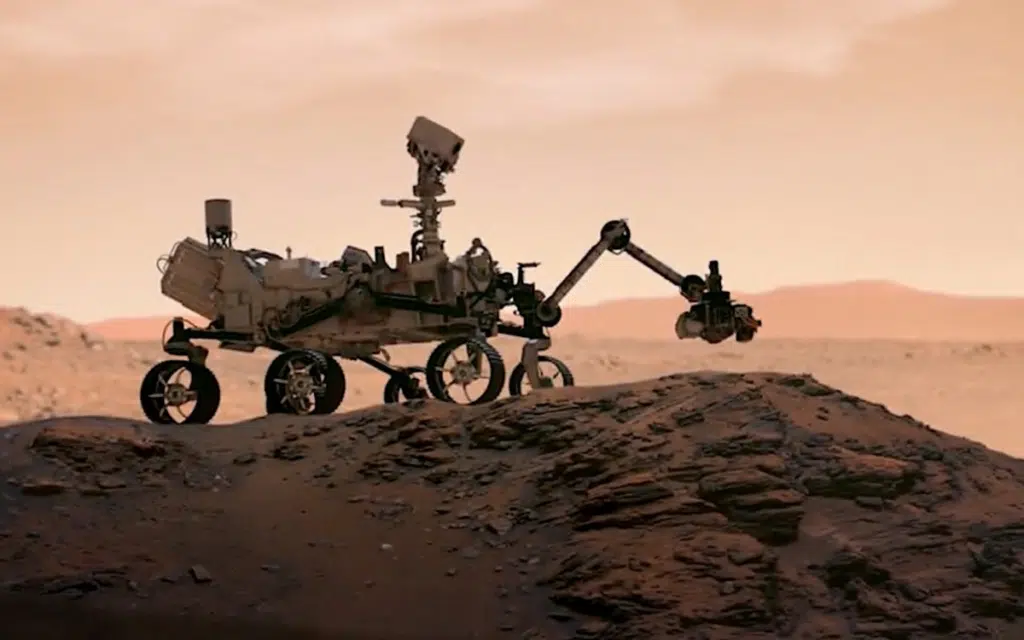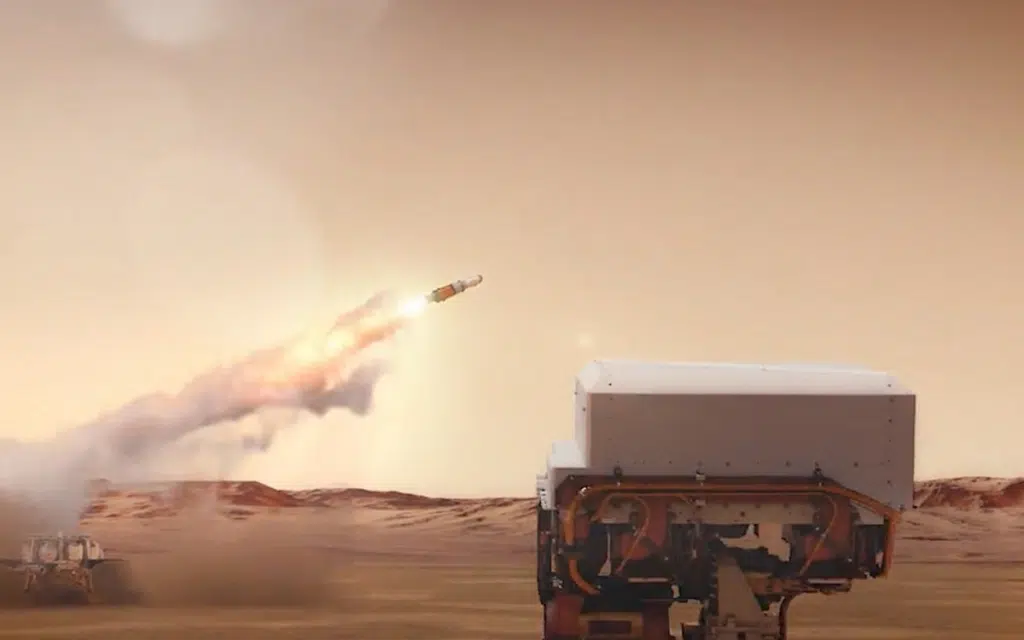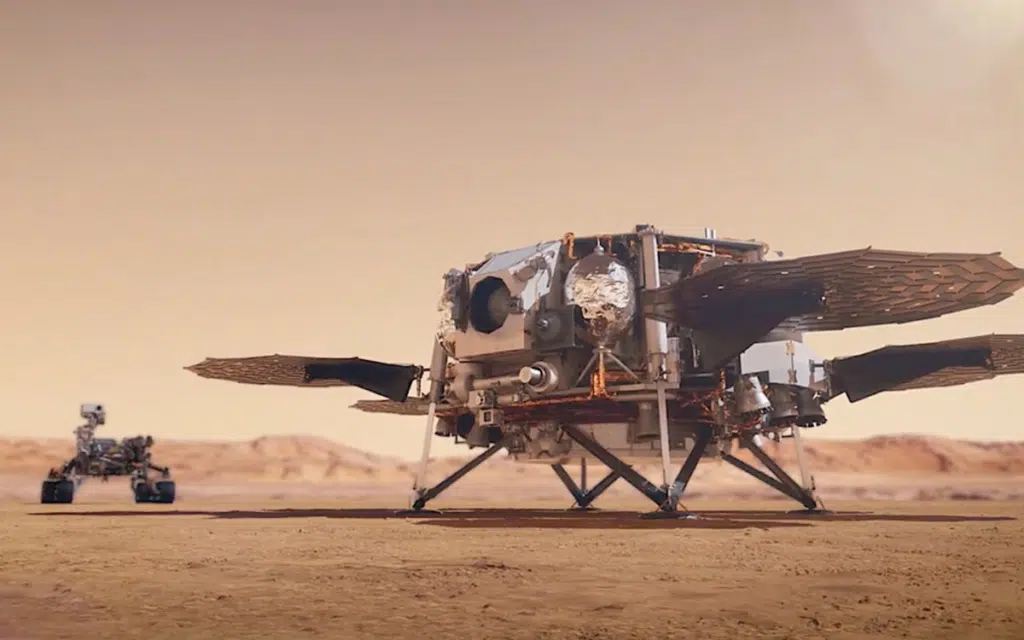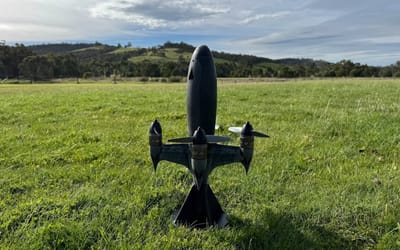NASA just hit a major milestone in building a rocket that can take off from other planets
Published on Jul 16, 2025 at 11:11 PM (UTC+4)
by Molly Davidson
Last updated on Jul 17, 2025 at 12:17 PM (UTC+4)
Edited by
Kate Bain
NASA just completed a critical test on the second-stage motor that will power its Mars Sample Return rocket – a system designed to do something no NASA tech ever has: lift off from another planet.
It’s a bold step toward the mission that aims to bring Martian soil and rock samples back to Earth.
If all goes to plan, this will be the first propulsion system to launch a spacecraft from the surface of Mars.
And thanks to Northrop Grumman, NASA is now one step closer to making that launch a reality.
VISIT SBX CARS – View live supercar auctions powered by Supercar Blondie
This is what it takes to build a rocket engine that can launch from Mars
Forget Cape Canaveral.
The Mars Sample Return rocket needs to survive freezing temperatures, punishing g-forces, and red dust storms.
Northrop Grumman just completed a full-scale static fire test on its second-stage rocket motor – a key component of the Mars Ascent Propulsion System (MAPS) being developed under a NASA contract awarded in 2021.
This was the third full-scale test, but this round was focused on a newly upgraded propellant blend designed to boost overall performance.

Northrop says the motor now uses spaceflight-proven materials and is close to flight-ready.
Eventually, this motor will launch sealed sample tubes collected by the Perseverance rover into orbit around Mars, where another spacecraft will retrieve them and bring them back to Earth.
This marks the first time a rocket motor has been developed specifically for planetary ascent beyond the Moon, and it’s being called a significant milestone in space exploration.
But the job’s not done yet – engineers still need to prove the system can handle Mars’ extreme temperatures and the physical stresses of take-off.

What NASA plans to do next with the Mars Sample Return rocket
While Northrop Grumman’s motor just cleared a key milestone, NASA hasn’t officially chosen who will build the rest of the Mars Sample Return rocket.
Lockheed Martin is in the mix, offering what it says is a more cost-effective option for the ascent system.
NASA is expected to reveal the full mission plan – including final hardware decisions – sometime in late 2026.

But don’t expect to see a launch anytime soon. The mission won’t be completed until well into the 2040s.
Still, this successful motor test proves real progress is happening.
And if this rocket does lift off from Mars, it will be the first time we’ve ever launched anything from another planet – opening the door to deeper, bolder space missions in the decades ahead.
Click the star icon next to supercarblondie.com in Google Search to stay ahead of the curve on the latest and greatest supercars, hypercars, and ground-breaking technology.
DISCOVER SBX CARS: The global premium car auction platform powered by Supercar Blondie
Molly Davidson is a Junior Content Writer at Supercar Blondie. Based in Melbourne, she holds a double Bachelor’s degree in Arts/Law from Swinburne University and a Master’s of Writing and Publishing from RMIT. Molly has contributed to a range of magazines and journals, developing a strong interest in lifestyle and car news content. When she’s not writing, she’s spending quality time with her rescue English staffy, Boof.




